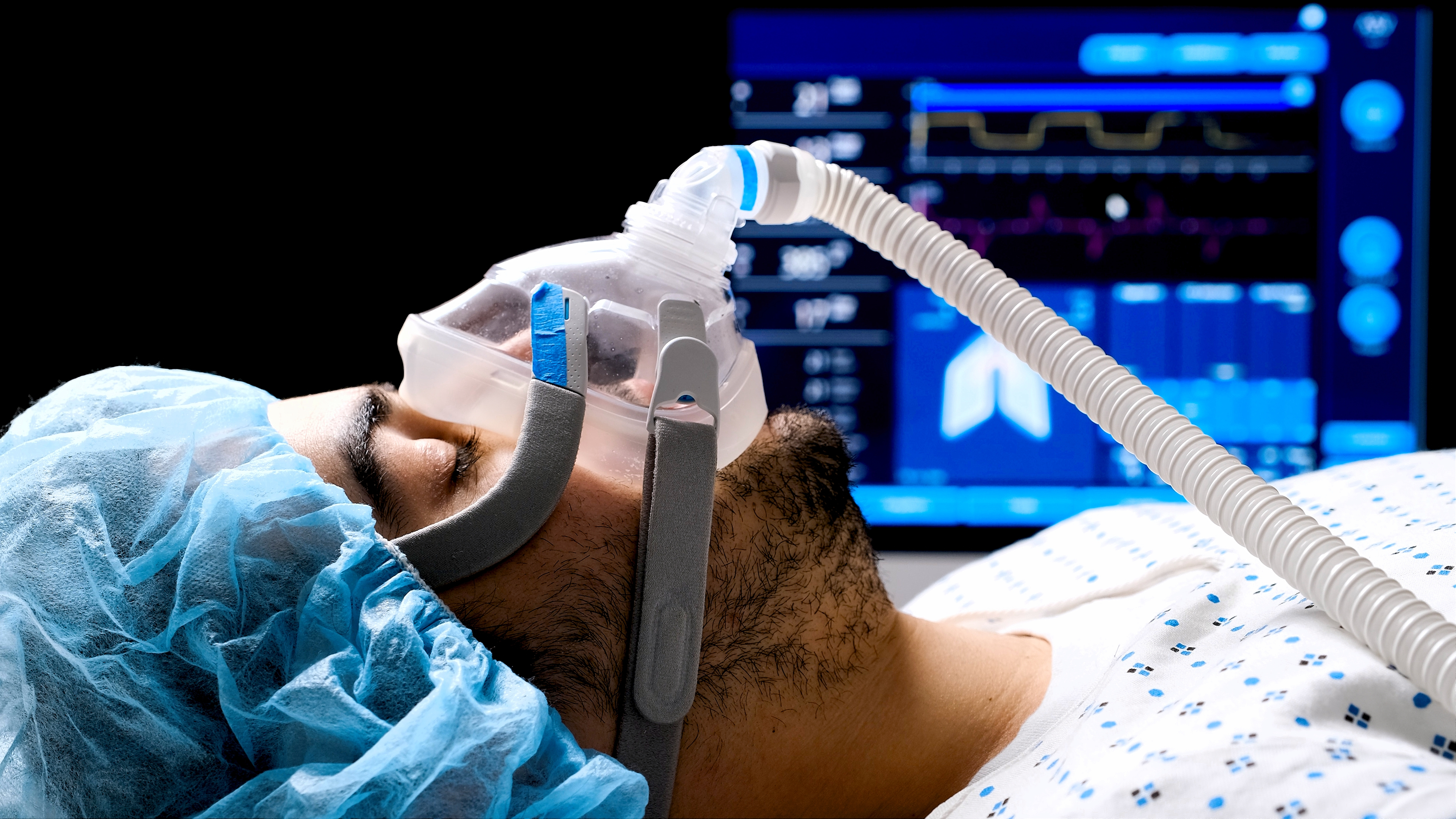
Bronchoscopy and bronchoalveolar lavage (BAL) are staples in diagnosing ventilator-associated pneumonia (VAP).
Some, however, have argued in favor of less-invasive approaches.
In fact, the American Thoracic Society/Infectious Diseases Society of America (ATS/IDSA) guidelines suggest the use of endotracheal aspirate samples, while other international guidelines endorse bronchoscopy and invasive techniques to improve diagnostic accuracy, according to research published in Intensive Care Medicine.
Researchers widely agree that clinical findings can uncover infection in ventilated patients both with and without VAP, making that approach less accurate than bronchoscopy and BAL.
Since BAL collects cells and fluid that line a large lung area, “it is the only tool capable of documenting the presence or absence of an infection at this level, as well as the presence of a potential pathogen,” according to the study by Dr. Ignacio Martin-Loeches and others published in Intensive Care Medicine.
“Done correctly and safely, with antibiotic treatment decisions based on direct examination of samples, rapid diagnostic techniques (RDT) results, and quantitative cultures, BAL provides clinicians with greater clarity in deciding whether to start antibiotic therapy, which pathogens are responsible for infection, which antimicrobial agents to use, and whether to continue therapy,” the researchers wrote.
_____________________________________________________________________________________
Related:
A Few Common Causes of Ventilator-Associated Pneumonia
_____________________________________________________________________________________
Because bronchoscopy using reusable bronchoscopes can be costly, well-trained practitioners have not always been available around the world, the researchers noted. But disposable bronchoscopes, requiring minimal setup, have reduced costs and increased the availability of bronchoscopy.
Given the low risk of complications from bronchoscopy and BAL, the researchers advocate that they are better options for diagnosing VAP than risking inappropriate antibiotics, possible allergic reactions and the challenges of multidrug-resistant pathogens from other diagnostic approaches that can be less accurate.


